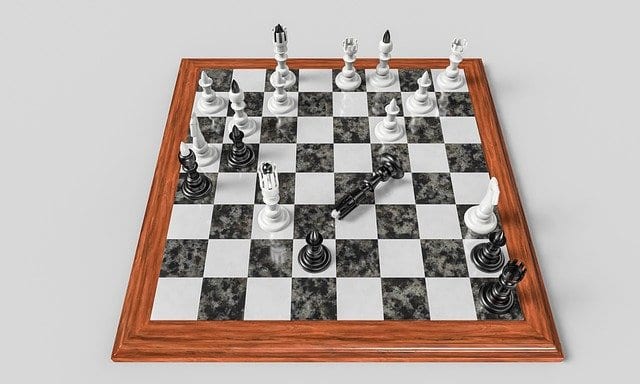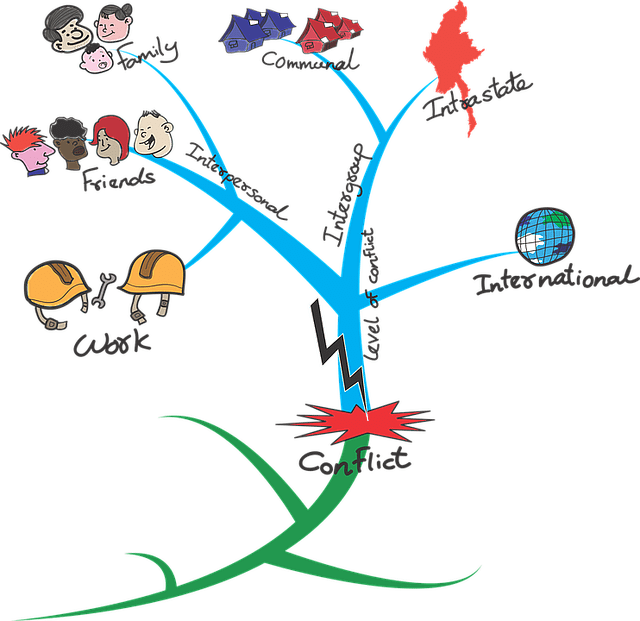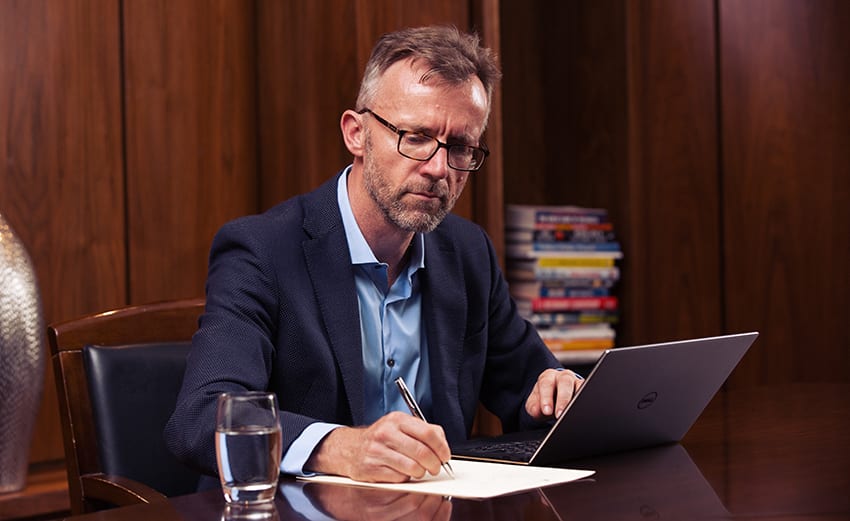Conflict Resolution
Introduce an intentional approach to changing your organisation’s traditional approach to conflict. Break out of the cycle of avoiding and stifling the critical conversations that need to happen and enable your organisation to focus on what matters. Learn how to harness resistance as a source of energy and wisdom by practicing participative processes for engagement and building the capacities for greater empathy and straightforwardness.
Contact Geoff to discuss further.

Conflict resolution services are relevant when:
- Chronic internal conflict is proving to be a significant management distraction.
- In contexts marked by uncertainty and transition.
- Where specific conflict management skills require development.
- As a response a specific conflict situation.
Conflict Resolution Service format
A combination of emergent facilitation workshops supported by one-to-one executive coaching as required.
Structure
- Your organisation and context
- Conflict as a signal and a resource
- Pre-programme assessments
- Conflict, listening practices and dialogue
- Conflict management systems architecture
- Post Programme Review
Contact Geoff to discuss further.

Conflict Resolution in Organisations
Most managers and employees face conflicts every day, spending somewhere between 20% and up to 80% of their time trying to repress, contain or resolve them. If you were to calculate the value of the time spent by the average senior manager on unresolved conflict situations, it would far exceed the cost of in-depth training and consultation in conflict resolution skills.
With the right approach most types of conflicts in the workplace are easily avoidable, unnecessary, or entirely resolvable. Invariably conflict arises through simple miscommunications, misunderstandings, seemingly irrelevant differences, poor language choices, poor problem solving skills, ineffective management styles, false expectations, unclear roles and responsibilities, and poor leadership that can be readily resolved through active listening, dialogue, collaborative negotiation, and mediation.
Even though from childhood, to school, to relationships, and to citizenry we continually navigate disagreements, hostilities and disputes, the truth remains that most of us lack the conflict resolution strategies to find win-win solutions.
When we lack effective conflict resolution skills, our first instinct is usually to withdraw, to avoid any unpleasantness and blissfully wish the conflict away. In doing so, not only do we miss out on learning from the underlying meaning of the conflict, but inevitably anything that is repressed gets expressed in some other form.
In organisations, when conflict is repressed it will get expressed as a team dysfunction, such as passive aggressiveness, a lack of creativity and innovation, poor quality work, excessive sick days, high employee turnover, or a toxic culture in some disguise.
Into the Eye of the Storm
Resolving conflicts requires going to the centre of the dispute, being present with the conflicting parties and being together in the “eye of the storm”. While this may seem irrational, it is the first step in any conflict resolution process. You need to cultivate the creative potential of the conflict because conflict suppression does not work.
Read about managing board conflict.


To have organisations where conflicting parties can feel safe speaking their truth, the leaders must have the capacity for staying calm, remaining self-aware, open, and adaptive even as others struggle with volatile emotions, confusion, and fear. Leadership must model the flexibility to agree to everything, which is not the same as agreeing with everything. Leaders must lead by immersing themselves in “squirmy conversations”.
Seven Steps to a Conflict Resolution Process
Prepare the ground: Before bringing the parties together spend time studying the context. Where does each of the parties involved stand? And more importantly what does their stand represent in terms of values and underlying beliefs? What do they care about the most? Can you connect with their point of view and underlying interest – even if (perhaps particularly if) you do not share it yourself? What do they fear the loss of?
Speak to each of the parties in advance of convening a meeting with the parties together. This will help you to acquire the informal authority and trust that you will need later in the process as the temperature rises.
Establish ground rules: Begin by proposing ground rules that will make it safe to discuss the issue at hand. This could include committing to confidentiality, emphasising that the process is voluntary and if one or other of the parties wishes to disengage, they have that right. Ground rules may also include staying in the room as the process unfolds, turning off computers and phones, getting agreement around note taking and so on.
Negotiating agreement on the ground rules about how conflict is to be resolved is the first and significant step toward resolving the conflict itself. The first negotiated agreement (even if it is about process) sets a precedent for the next!

Get each point of view on the table: Whether it is in a virtual meeting or face-to-face, invite each of the parties involved to articulate their point of view. It is important to both model and encourage active listening. This includes noticing others’ body language. By tuning in at this deeper level you will connect with the values, the loyalties and the competencies that are in the way of finding a solution.
Beneath all the superficial issues that characterise conflict situations there is always a hidden set of fears, desires, histories, intentions, expectations, emotions, interests, and invisible barriers. Invariably when these hidden issues are safely and respectfully brought into the light and when the conflicting parties feel that they are understood and respected, the issues tend to lose their grip on the parties. They may even dissolve entirely. This is a fundamental step in the conflict resolution process.
Contact Geoff to discuss further.
Orchestrate the conflict resolution strategy: Commit to staying calm, using straight-forward but even-handed language to state and summarise the competing claims and positions as you have heard them. If it happens that some intense emotions are expressed it might be useful to gently reframe the language but without losing its underlying meaning.
As the parties involved come to appreciate their respective depth of feeling, the temperature will rise. And while the heat is an important indicator of progress, the task is to keep everyone engaged. Watch for signs from the parties (or from within yourself) that the discomfort level is so high that the dialogue turns to searching for an escape route, seeking to avoid the conflict, perhaps by turning to a strategy of prematurely minimising differences or changing the subject.
To reach an agreement that truly represents a win win solution, keep reminding the parties of the purpose of the conversation, where they are now in the conflict resolution process, and why it is that seeing the process through, is important.

Encourage the accepting of loss as being essential to gain: Essentially this step is about separating what matters from what is getting in the way. Rather than blaming people, it is about creative problem solving. It is less about asserting difference and more about seeing the common ground. It is less about asserting positions and more about recognising interests. It is about moving from debating what is right to engaging in dialogue about what the parties care about. It is less about resurrecting the past and more about co-creating the future.
Give each party the opportunity to reflect on the losses they fear and the losses that they are asking the other party to bear. The reality is that some loss is always inevitable. It is essential to let go of some things to make way for the new. This requires an appreciation for uncertainty, paradox, riddle and contradiction, all essential components of creative problem solving.
This may require sitting with the situation for days – maybe even weeks or months, as conversations continue outside of the formal conflict resolution process, while maintaining appropriate confidentiality.
Generate idea and commit to an experimental approach: Some conflicts are only complicated. These are the easier ones because by subjecting them to sufficient scrutiny and focus a rational agreement is likely to emerge.
However, when things are beyond complicated – in other words when they are complex – and there are lots of unknown unknowns (including human emotions) no amount of thinking and scrutiny will be enough for finding a solution.
In complex situations, you must get experimental. Progress is best achieved by reaching mini or provisional negotiated agreements, ensuring that they are set up in a safe-to-fail way and where they can be either dampened down or amplified depending on how things unfold.
Depending on the type of conflict it is possible that a few different experimental approaches can run concurrently. All you need is a shared commitment from each of the parties that they will get back together to share experiences and evaluate results so that lessons and insights can be generated.
Enabling conflict situations to move into this type learning environment is a premium conflict resolution skill with huge potential value to the organisation.
Design systems for internal conflict resolution consulting: Ongoing or chronic conflict situations are rooted in systems rather than personalities. These can be addressed through a conflict resolution system design process. The six steps to this point will lead you to it.
A regenerative conflict resolution process is about inviting the organisational culture to move towards one of peer consulting, where it is the norm to consult others about ongoing leadership headaches.
It is about cultivating a culture of inviting help, while understanding sources of resistance and then about co-designing new experiments that take those resistances into account, for example by sequencing, pacing or repositioning cross-boundary projects.
Invariably, people in leadership positions hold their issues with a tight guard. Therefore, enabling a culture of ongoing consultation often requires establishing new norms that can be challenging at first. But for a regenerative conflict resolution process to thrive, your goal is for everyone in your organisation feel a shared responsibility for the whole, and in which one person’s issue is an issue for everyone.
Moving towards the institutionalisation of conflict resolution processes will not only dramatically reduce the direct costs of conflict but has the potential to transform the spirit of your organisation.
Read more about the steps to manage conflict in the workplace and managing board conflict.
To discuss these ideas, book a no-obligation conversation with Geoff